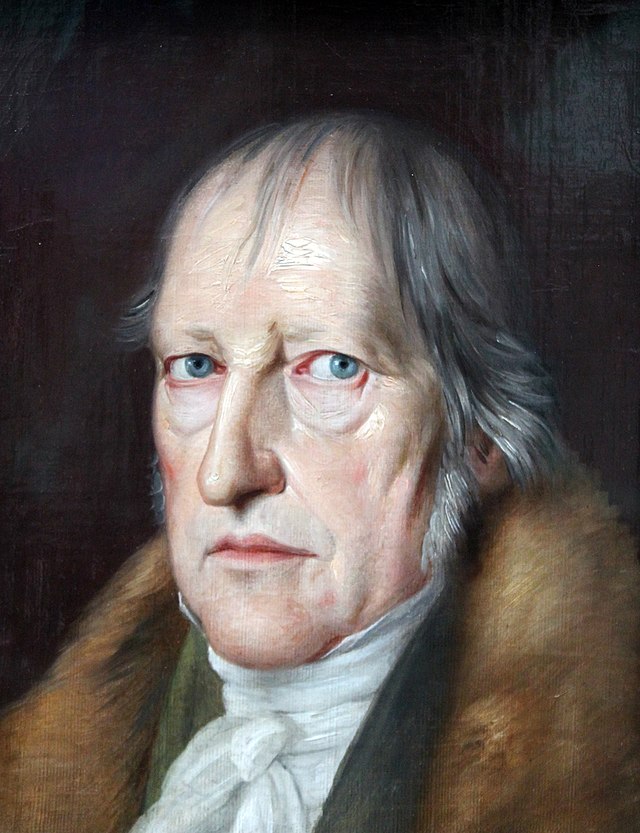G. W. F. Hegel: The Oxford University Press Translations
Oxford University Press has been publishing authoritative translations of Hegel since the early years of the century. The original impetus was the neo-Hegelian movement associated with such figures as T. H. Green and F. H. Bradley. As Hegel became less influential in the English speaking world, the impetus was sustained at Oxford University Press through the continuing interest of such scholars as R. G. Collingwood and G. R. G. Mure.
Hegel, G. W. F. Political Writings. Translated by T. M. Knox. Oxford: Clarendon Press, 1964.
_____. Phenomenology of Spirit. Translated by A.V. Miller with analysis of the text and foreword by J. N. Findlay. Oxford: Clarendon Press, 1977.
_____. Doctrine of Formal Logic (the first part of the Subjective Logic). Translated and with an introduction by Henry S. Macran. Oxford: Clarendon Press, 1912.
_____. Logic of World and Idea (the second and third parts of the Subjective Logic). Translated and with an introduction by Henry S. Macran. Oxford: Clarendon Press, 1929.
_____. Philosophy of Right. Translated with notes by T. M. Knox. Oxford: Clarendon Press, 1942.
_____. Logic (Part I of the Encyclopedia of the Philosophical Sciences. Translated by William Wallace with foreword by J. N. Findlay. Oxford: Clarendon Press, 1975.
_____. Philosophy of Nature (Part II of the Encyclopedia of the Philosophical Sciences). Translated by A. V. Miller with foreword by J. N. Findlay. Oxford: Clarendon Press, 1970.
_____. Philosophy of Mind (Part III of the Encyclopedia of the Philosophical Sciences). Translated by William Wallace, together with the Zusätze in Boumann’s 1845 edition, translated by A. V. Miller and with foreword by J. N. Findlay. Oxford: Clarendon Press, 1971.
_____. Aesthetics (Vols. I and II). Translated by T. M. Knox. Oxford: Clarendon Press, 1975.
_____. Introduction to the Lectures on the History of Philosophy. Translated by T. M. Knox and A. V. Miller. Oxford: Clarendon Press, 1985.
The print edition of Hegel’s Logic (Part I of the Encyclopedia) contains German text in Fraktur script (i.e. Gothic font). These words are rendered onscreen using the Courier font (which looks like this).
Footnotes have been placed at the end of each volume. A dagger symbol (†) precedes each footnote or footnote marker in the text.


